Contents
Guide

Simon & Schuster
1230 Avenue of the Americas
New York, NY 10020
www.SimonandSchuster.com
Copyright 2019 by Ruth Marcus
All rights reserved, including the right to reproduce this book or portions thereof in any form whatsoever. For information, address Simon & Schuster Subsidiary Rights Department, 1230 Avenue of the Americas, New York, NY 10020.
First Simon & Schuster hardcover edition December 2019
SIMON & SCHUSTER and colophon are registered trademarks of Simon & Schuster, Inc.
For information about special discounts for bulk purchases, please contact Simon & Schuster Special Sales at 1-866-506-1949 or .
The Simon & Schuster Speakers Bureau can bring authors to your live event. For more information or to book an event, contact the Simon & Schuster Speakers Bureau at 1-866-248-3049 or visit our website at www.simonspeakers.com.
Interior design by Paul Dippolito
Library of Congress Cataloging-in-Publication Data is available.
ISBN 978-1-9821-2386-4
ISBN 978-1-9821-2388-8 (ebook)
For my family: Jon, Emma, and Julia
PROLOGUE

The Beneficiary
S upreme Court Justice Anthony Kennedy had a request: would President Trump have a few minutes to speak privately? It was April 10, 2017, a sparkling spring morning in Washington, and Kennedy was at the White House to preside over the ceremonial swearing-in of the newest justice, Neil Gorsuchthe first time in history that a sitting justice had sworn in one of his former law clerks to join him on the bench. Just eighty days into Trumps chaotic presidency, the confirmation of Gorsuch represented a rare and welcome victory for the beleaguered new administration, reeling from court defeats of its travel ban and, despite controlling both houses of Congress, unable to repeal President Obamas signature health care law.
Perhaps most important, as the prominent conservative lawyers, activists, and judges assembled in the Rose Garden that day understood, Gorsuchs addition was just one step, necessary but not sufficient, in a three-decades-long conservative bid to cement control over the high court. This effort had been as frustrating as it was lengthy. Seeming opportunities for dominance repeatedly slipped away, with Republican nominees, including Kennedy himself, turning out to be less reliably conservative than advertised. But Republicans had learned from those costly errors, assembling a farm team of potential nominees whose judicial records could be carefully scrutinized to detect any risks of ideological deviation. Gorsuch was among those who came bearing the seal of approval of the Federalist Society, the conservative legal group that had made itself the central actor in this court-shaping exercise and was playing an even more outsize role in the new administration.
Trump took pains to single out one man who was not in the Rose Garden that day, Senate majority leader Mitch McConnell, for all that he did to make this achievement possible. Indeed, everyone present knew that McConnell had been the indispensable man leading to that moment. Had it not been for McConnell, President Barack Obama would have filled the vacancy created by Justice Antonin Scalias sudden death in February 2016, and Justice Merrick Garland would be sitting on the high court, anchoring a newly fortified liberal majority. McConnell, with his audacious announcement that the opening would not be filledno matter that Obama had eleven months remaining in his termhad avoided that fateful outcome. His intervention meant that Gorsuch now occupied Scalias seata conservative-for-conservative swap. The next vacancy was almost certain to be the far more critical one, shifting the courts balance instead of affirming it.
On that score, all eyes were on the eighty-year-old Kennedy, then serving his thirtieth year on the high court and, by dint of age, years of service, and political allegiance, the most likely to depart. The swing justice on an already conservative court, Kennedy was pleased about Gorsuch, but he had another former law clerk on his mind as he was ushered into Trumps private dining room for an unusual session with the president and White House counsel Don McGahn. Justices are routinely invited to the White House for social events, state dinners, and holiday parties. But at least until Trump took office, such one-on-one meetings were rare in the modern era, with its finicky notions about preserving the appearance of judicial independenceunlike the relaxed days when justices did double duty as private counselors to presidents such as Franklin Roosevelt and Lyndon Johnson.
In the chronically leaky Trump White House, aides took pains to keep the Trump-Kennedy meeting secret. There were no public reports about the session, and only a few senior officials ever learned what Kennedy said to Trump that day. The justices message to the president was as consequential as it was straightforward, and it was a remarkable insertion by a sitting justice into the distinctly presidential act of judge picking. As a candidate, Trump had upended tradition by issuing a list of judgesit ultimately grew to twenty-one, including Gorsuchfrom which he pledged to pick his Supreme Court nominees. Now Kennedy had a recommendation for Trumps list. You named one of my former clerks, Kennedy told Trump. You should think about another one: Brett Kavanaugh.
When Anthony Kennedy spoke, the Trump White House listened, with good reason. During the campaign, when Trump, against all expectations, emerged as the Republican nominee and ultimate victor over Hillary Clinton, the issue of judicial selection had been a utilitarian means to an electoral end. The socially conservative and evangelical voters Trump needed to win were deeply, understandably suspicious of the thrice-married, once-Democratic New Yorker. They were particularly dubious about how Trump would approach the critical task of shaping the federal judiciary, especially the Supreme Court.
The list of high court candidates that Trump produced with the help of the Federalist Society, upending convention with typical Trumpian bravado, was explicitly aimed at calming their concerns, and it succeeded beyond the wildest expectations of its creators. On Election Day, more than a quarter of Trump voters identified the Supreme Court as the critical factor in determining their vote. White, evangelical, born-again Christians broke 81 percent for Trump to 16 percent for Hillary Clinton, meaning that Trump outperformed previous Republican nominees Mitt Romney, John McCain, and George W. Bush among such voters.
In office, Trump not only keenly understood the politics of judicial selection and its importance to his reelection, he also gained a new appreciation for what the Supreme Court meant to a presidents legacy. Thanks to McConnells ruthlessness, Trump had inherited what no president had before: the gift of an existing vacancy. The canny Kentuckian had insisted that the Scalia seat would remain unfilled until the next president took office, not so much because he thought Trump would winthat prospect seemed remotebut because it would help shield his Senate majority. Conservative voters would turn out if a Supreme Court seat hung in the balance, and that would help McConnells members.
But the brazen tactic worked better than McConnell could have imagined. Now, having replaced Scalia with Gorsuch to great acclaim, Trump craved the chance to name another justice, and Kennedy was the most promising target. Indeed, Gorsuch had been selected in part to flatter Kennedys sizable ego and to reassure Kennedy that, if he chose to retire, Trump would not behave irrationally in filling his seat. The presidents tweets might be unhinged, but his judicial nominees would be solid, establishment choices. The deal is Kennedy, when he sees that Trumps not crazy, we definitely have a deal with Kennedy, one adviser recalled. Its got to be Gorsuch to replace Scalia. Its a signal to Kennedy.


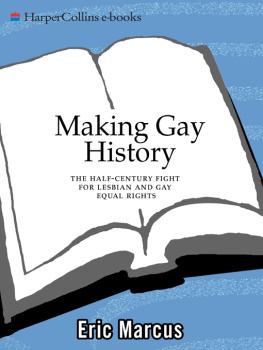
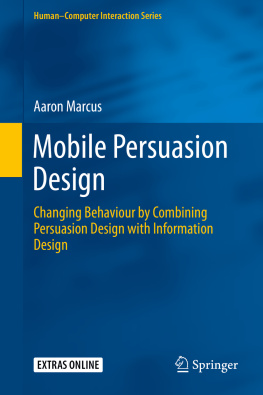
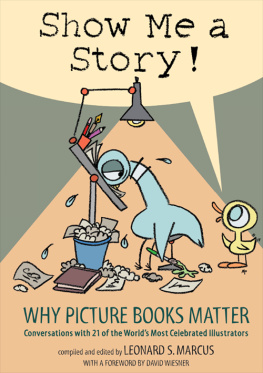
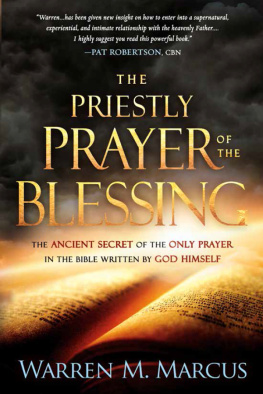


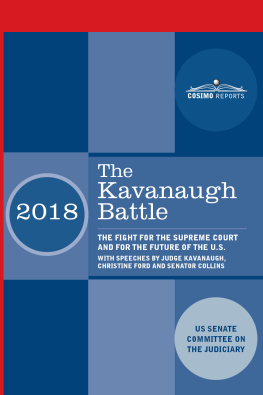
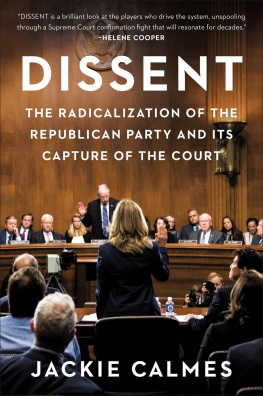
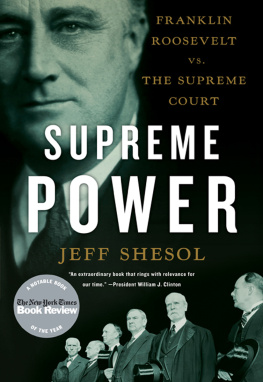

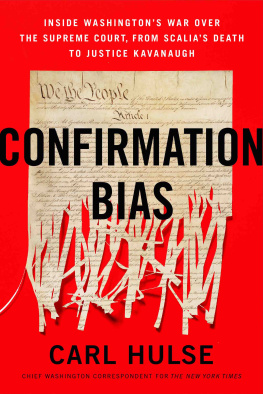
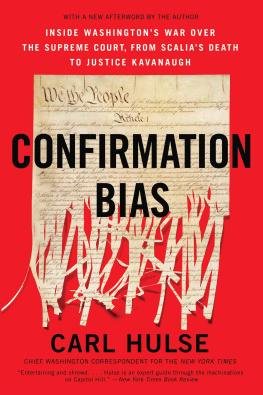
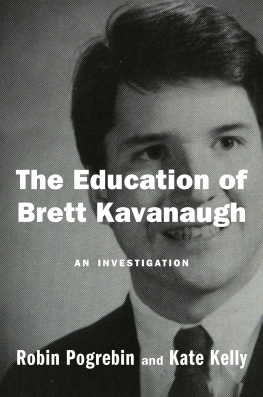
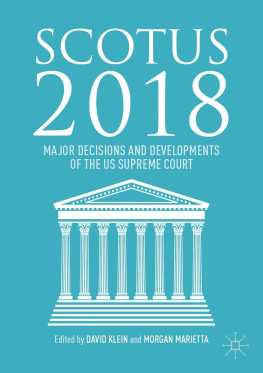
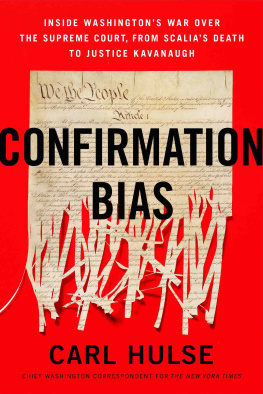
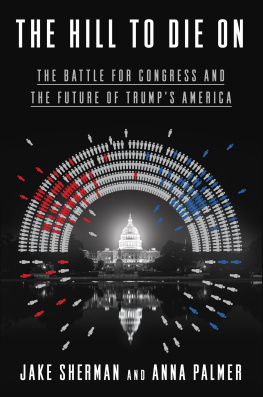
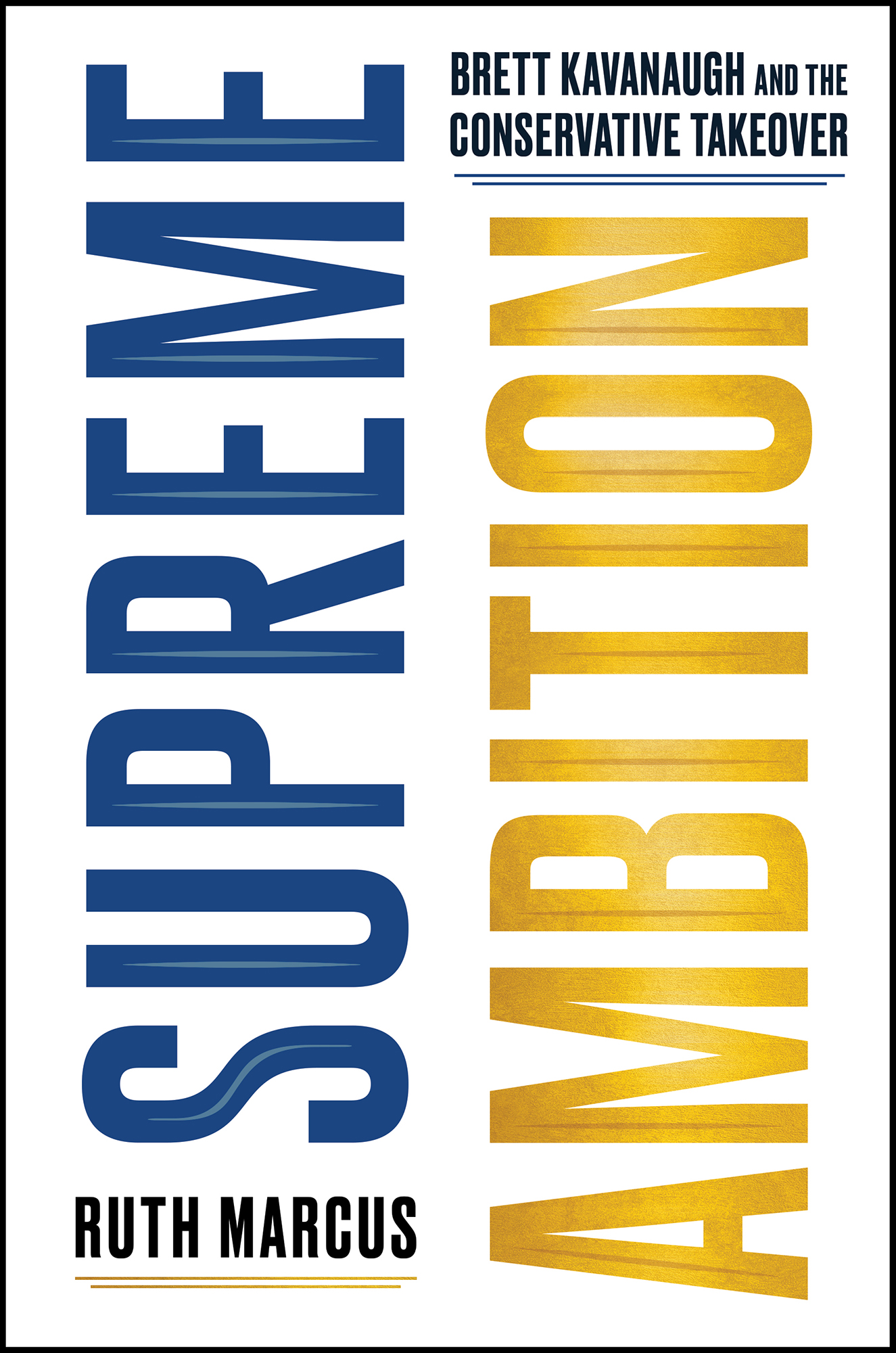


 The Beneficiary
The Beneficiary